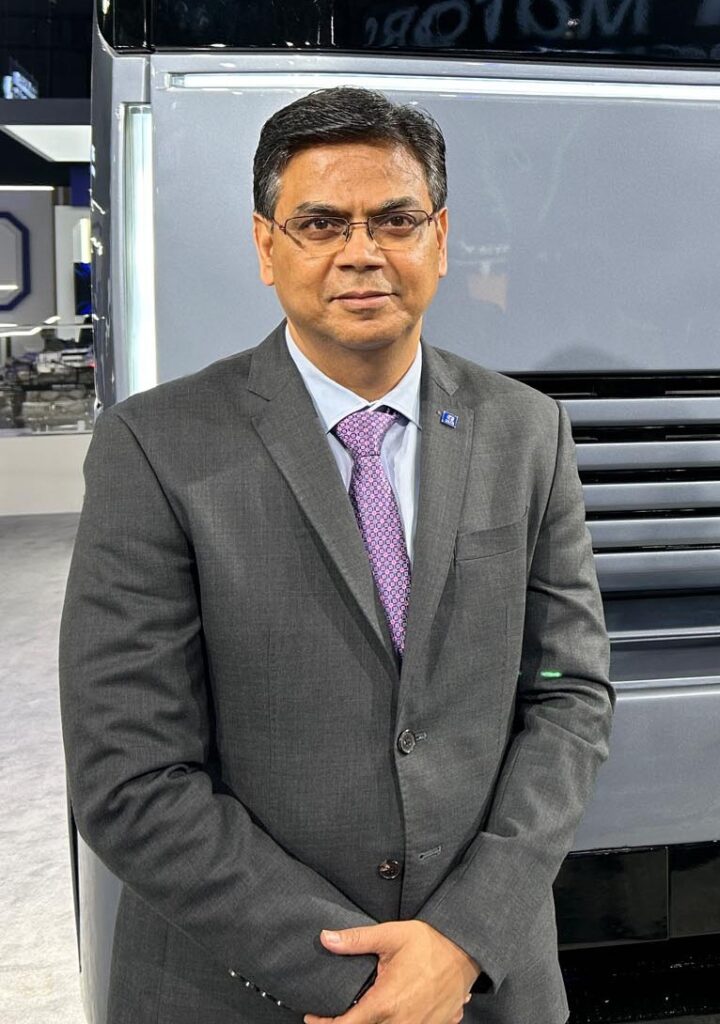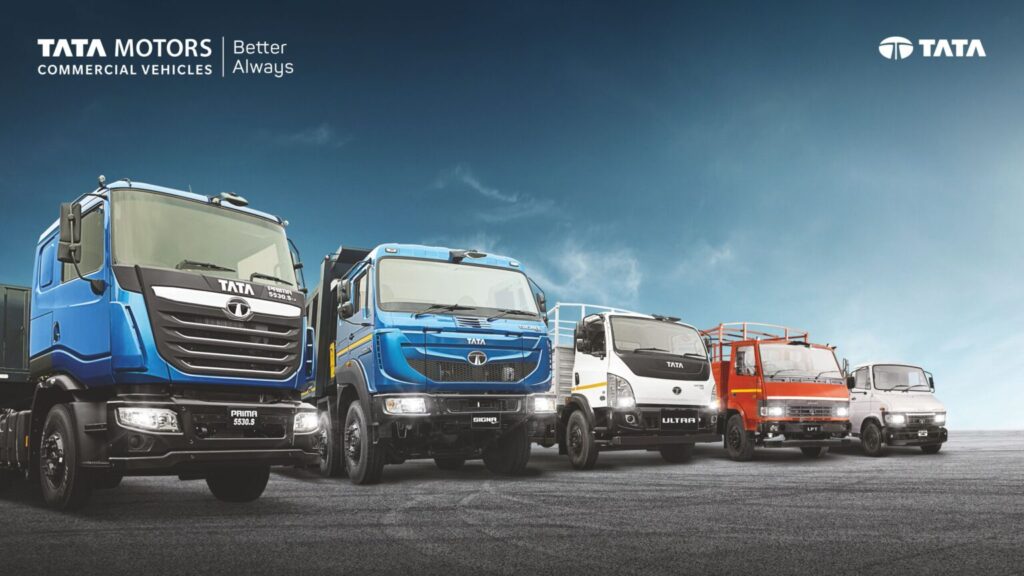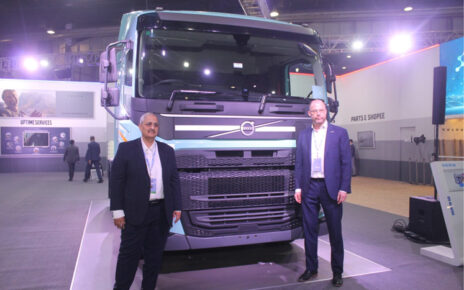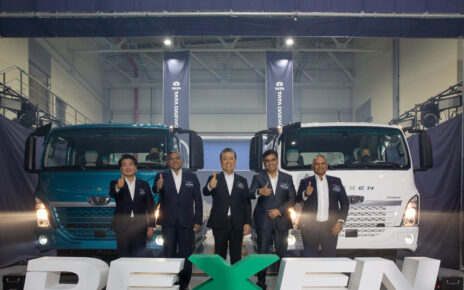By T. Murrali

Tata Motors Limited (formerly TML Commercial Vehicles Ltd.) began Q2FY26 with a fresh start. After its demerger and new listing on the BSE and NSE on November 12, 2025, the company entered the quarter as an independent business, clear about its plans and ready for the next phase. The results that followed only showed that the commercial vehicles business is now stronger and more focused for the future.
According to Mr. Girish Wagh, MD & CEO, Tata Motors Ltd, the quarter began quietly, with early demand still muted. But the landscape changed rapidly with the rollout of GST 2.0 and the onset of the festive season. Both catalysts lifted market sentiment across segments, pulling demand upward. The OEM responded with speed—improving product availability, sharpening its pricing, and activating the market more aggressively. These actions transformed a soft start into a strong, profitable quarter.
The company reported a robust set of results for Q2 FY26, driven by a 12% year-on-year increase in volumes and continued focus on profitable growth. Revenues for the quarter stood at ₹18,400 crore, up 6.6%, while EBITDA margins improved to 12.2%, a 150-basis-point rise. EBIT margin climbed to 9.8%, supported by higher volumes and favourable realisations. Profit before tax (before exceptional items) was ₹1,700 crore for the quarter.

The company continued its strong cash-flow performance. Free cash flow for the quarter was ₹2,200 crore, and H1FY26 free cash flow reached ₹417 crore despite a seasonally weaker first quarter—its highest-ever free cash flow for the first half. ROCE for the quarter expanded to 45%, compared with 37% in Q2FY25. As of September 30, 2025, domestic business net debt stood at ₹600 crore, he said.
On a consolidated basis, Tata Motors’ revenues were ₹18,600 crore, up 6% year-on-year. EBITDA margin stood at 11.4% and EBIT margin at 8.8%. Consolidated profitability was impacted by mark-to-market losses of around ₹2,000 crore related to recently listed investments in Tata Capital. This led to a PBT (before exceptional items) of negative ₹600 crore and a net income of negative ₹900 crore. Despite this, the company remained net cash positive at ₹1,200 crore, factoring in TMF Holdings’ gross debt and the market value of its Tata Capital investments.
Operationally, the company’s wholesale volumes reached 96,800 units, growing 12% year-on-year, with domestic sales up 9% and exports rising 75%. Market share in H1FY26 remained steady at 35.3%, with segment shares of 47.2% in HGV+HMV, 35.8% in MGV, 28.6% in LGV and 36.5% in passenger. The full benefit of GST reduction was passed on to customers, reducing prices across the portfolio.
The company also strengthened its lineup with launches such as Ace Gold+ Diesel, Winger Plus, LPT 812 and LPO 1822. In the EV segment, 1,300 units of Ace Pro EV were billed within four months of launch. Tata Motors signed an MoU with Green Energy Mobility Solutions for the supply of 100 Magna EV intercity coaches, he said.
Strategically, Q2 also marked significant corporate progress. The proposed acquisition of Iveco, announced in July 2025, continued to advance as per plan, with regulatory approvals underway ahead of the targeted April 2026 closure. The company also deepened its stake in Freight Tiger, investing an additional ₹134 crore to accelerate the development of AI-led freight transformation solutions—an area central to Tata Motors’ broader digitalisation ambitions.
Mr. G. V. Ramanan, CFO, Tata Motors Ltd, said the results reflect strong fundamentals and a disciplined approach to profitable growth. He highlighted the company’s double-digit EBITDA margin, 45% ROCE and highest-ever H1 free cash flow. He added that, as a newly listed entity, Tata Motors Commercial Vehicles is well-positioned to deliver long-term value to stakeholders.
Looking ahead, Tata Motors enters the second half of FY26 with optimism. Mr. Wagh said, the festive season tailwinds are expected to continue, supported by improving consumption patterns. With GST reforms gaining full traction and infrastructure, construction and mining activities picking up pace, demand for trucks and tippers is projected to remain strong. A pipeline of new launches and a customer-focused product strategy position the company to capture this growing demand. The focus remains clear: profitable growth, consistent double-digit EBITDA margins, strong cash flows, and a sustained improvement in return on capital employed, he added.




